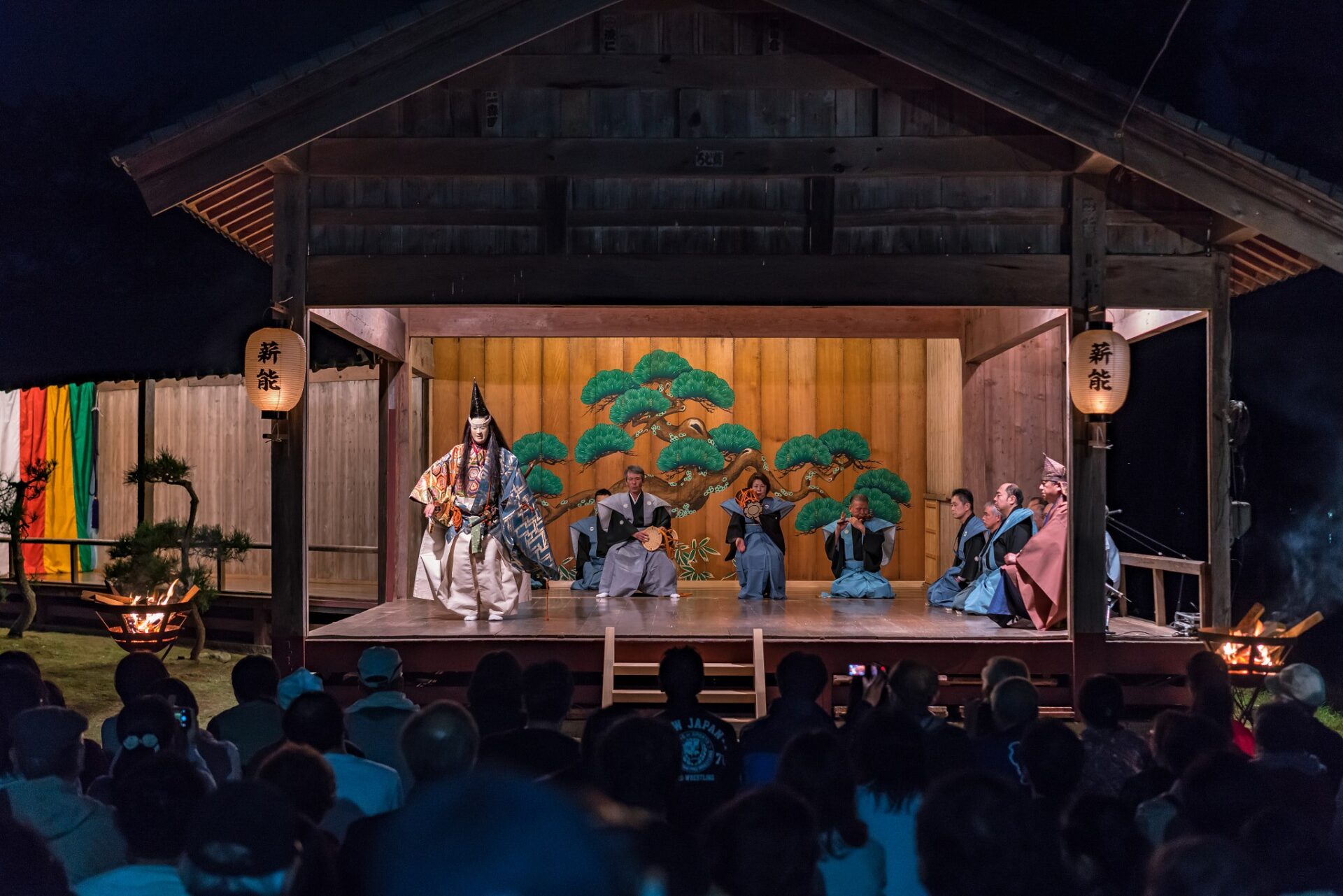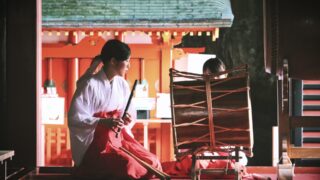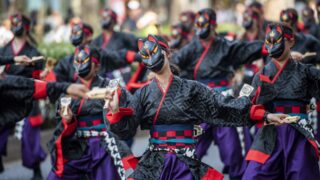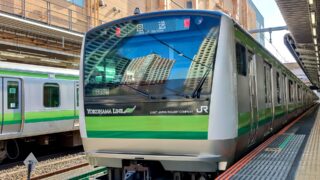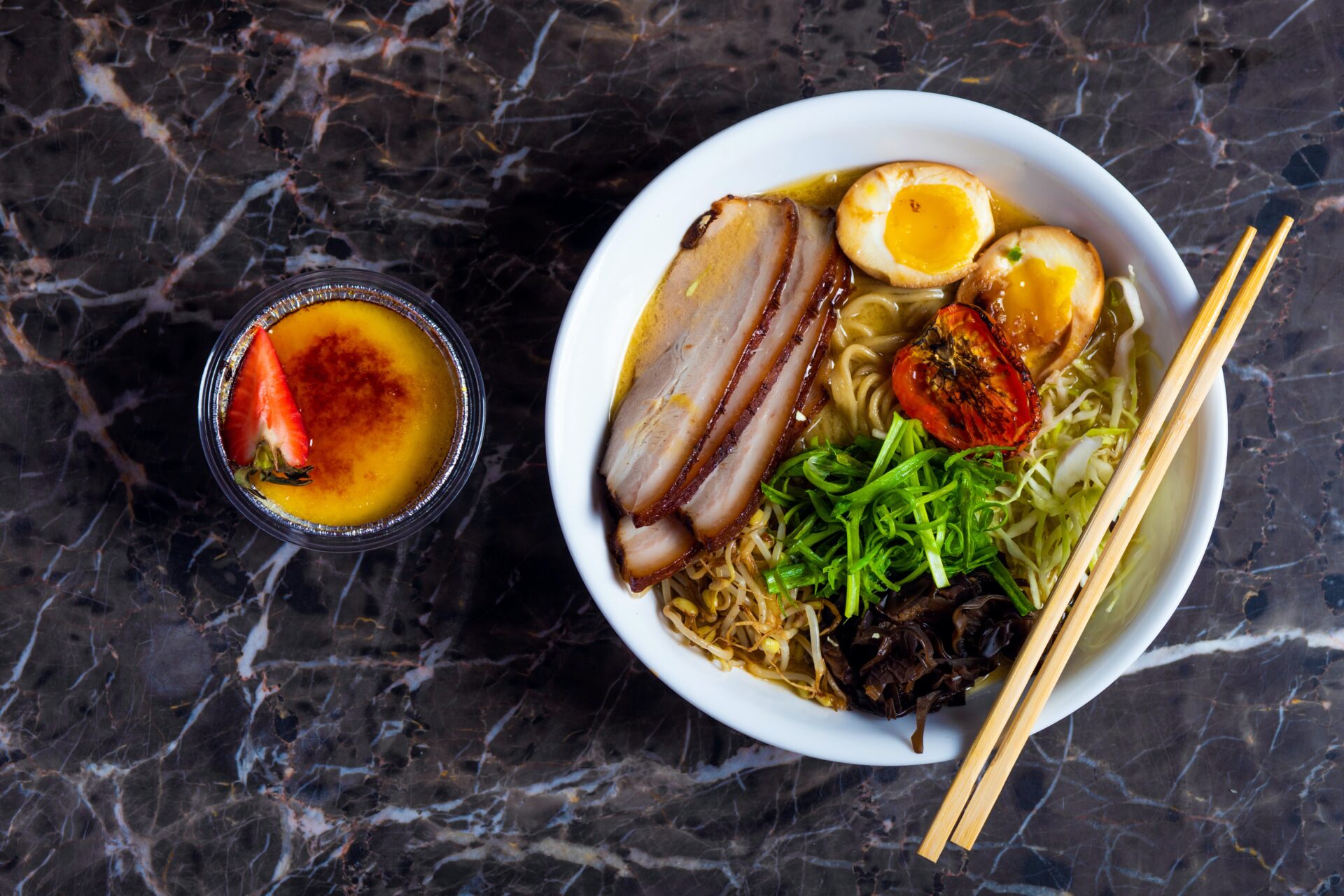
Mao Goto is a Japanese freelancer who was born in Hayama, Kanagawa prefecture, and raised in Tokyo. Since 2016 she lives in the Taito Ward, home to a lot of Japanese culture hotspots such as Asakusa, Akihabara, and Ueno. She has been interested in the field of English education in Japan and got her Master’s degree in March 2020. A lover of photography, travel, sweets, and cross-stitch. Contact her via Facebook.
This post may contain some affiliate links. When you click through and make a purchase we may receive some commission, at no extra cost to you.
Traditional Japanese theater is deeply influenced by the secular and cultural aspects of the people and has been passed down from generation to generation over the years. Seeing people in traditional Japanese clothing performing with utmost effort on stage is a great opportunity to learn more about Japanese culture and the values that this country holds dear.
These traditional Japanese plays have been held in many parts of Japan and across the country and have taken on many different shapes and forms. In this article we will talk about what traditional Japanese theater is all about and what makes each different kind of theater so unique and special.
1. Kabuki

Kabuki is a form of theater in which all the characters are played by men. Kabuki actors who play female roles are called “女形(onnagata),” and those who play male roles are called “男形 (otokogata).”
Kabuki is said to have originated in the Edo period, and its etymology comes from the word “傾く(kabuku),” meaning “eccentric or strange.” Additionally, in the Edo period, people who dressed flamboyantly and eccentrically or behaved in unusual ways were called “かぶきもの (kabuki-mono).” This is the reason why kabuki actors’ clothes and makeup are so flashy even today.

The best place to see kabuki in Japan is at the Kabuki-za Theater in Ginza. While special seats can cost more than 10,000 yen, there are reasonable seats available for less than 5,000 yen. Why not try a casual encounter with the world of Kabuki during your Ginza sightseeing tour?
Official Website: Kabukiza Theatre
2. Noh
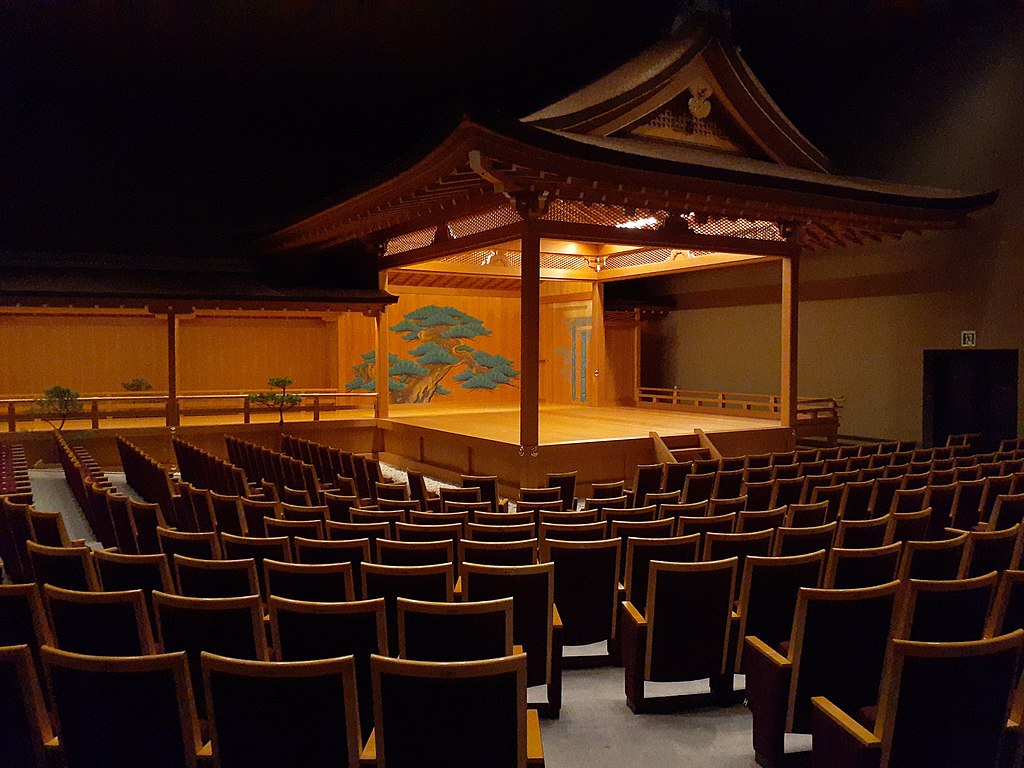
Noh is one of Japan’s traditional types of theater with a history of more than 600 years long and is said to be one of the 240 plays that are still currently performed on a daily basis. The main actors wear masks called “Noh masks” and perform songs and dance.
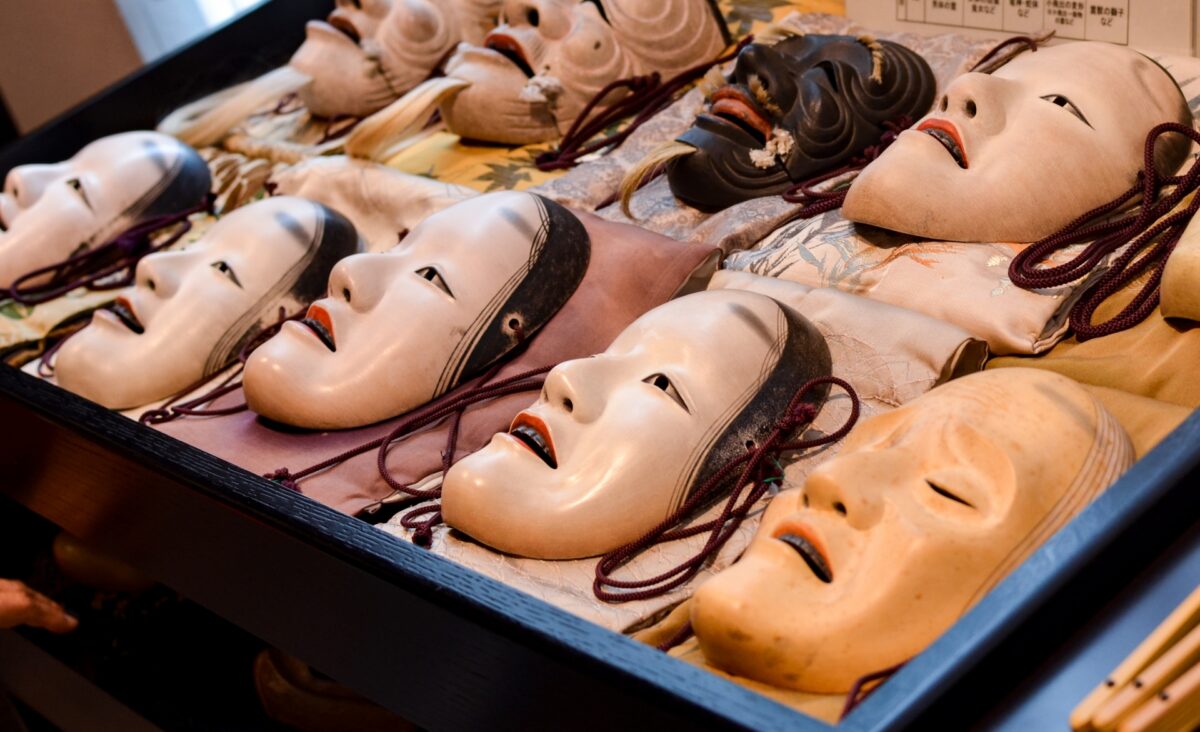
The famous “Hannya mask” is one of the masks used in Noh, and is known for having a frightening expression on its face. Unlike Kabuki, which uses many props and sets, the main characteristic of Noh is its simplicity, and it does not use many of the tools used in other types of theater.
The stage is not large, and because it is a small space, the audience can concentrate on the movements of the Noh actors during the performance. Although not as extravagant or flamboyant as kabuki, it is a play that allows the audience to enjoy the atmosphere of Japanese tradition in its simplest form.
3. Kyogen

An even simpler type of play than Noh is Kyogen. Kyogen does not use any large-scale devices but rather boldly expresses its story mainly through dialogue and choreography. While Noh is accompanied by stage music such as taiko drums and flutes, there is no such music at all in Kyogen.
Noh is a comedy in which the dancers perform dances to elegant Japanese music, whereas in Kyogen, Kyogen performers tell the stories and narrative stories from the Japanese medieval era and show the nature of human beings as they are in a funny way through their words. It should be noted that although both plays are performed on the same stage, they have completely opposite values.
4. Bunraku
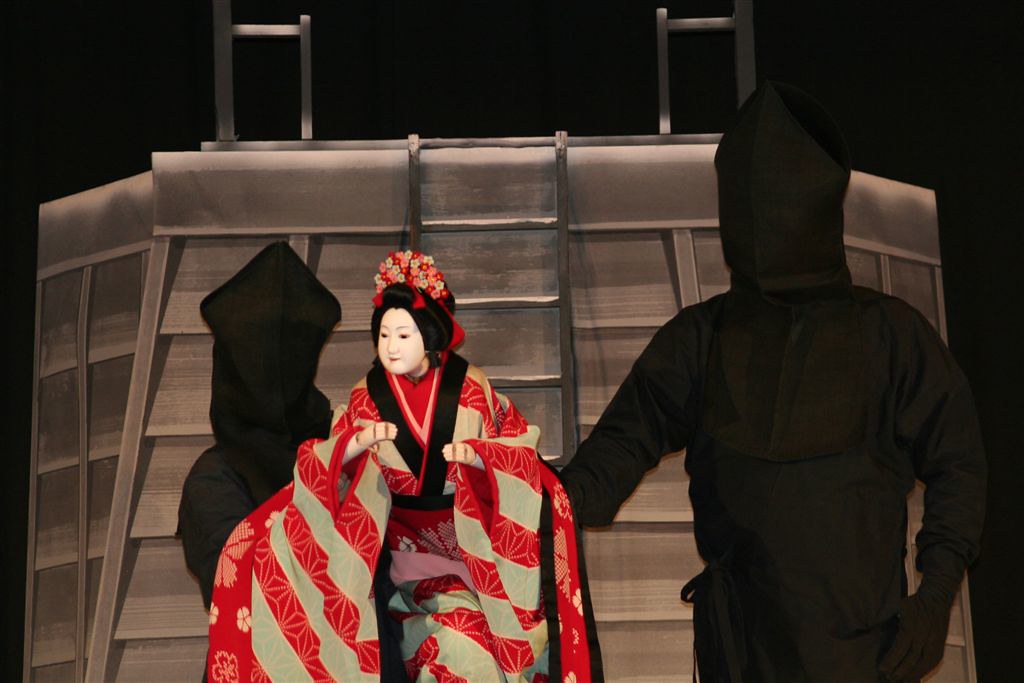
Ningyo joruri bunraku is performed with three elements: puppets, tayu (a story-teller of the bunraku play), and shamisen (a three-stringed instrument). Tayu and shamisen players do not have the role of leading the story scene, so they have to work in unison with each other to carry it out. Therefore, there is always a sense of tension throughout the play.
Bunraku has a long history and is said to have been established in the Edo period. At that time, it was called “あやつり人形 (ayatsuri ningyo, puppet theater,” but later came to be called “人形浄瑠璃 (ningyo joruri).” Joruri bunraku gained popularity mainly in Osaka during the Edo period, and although it went through a period of decline, ningyo joruri bunraku has been carefully passed down to the present day. This type of theater, in which puppets rather than humans play the leading roles, will interest those who love Japanese-style puppets.
5. Kumiodori
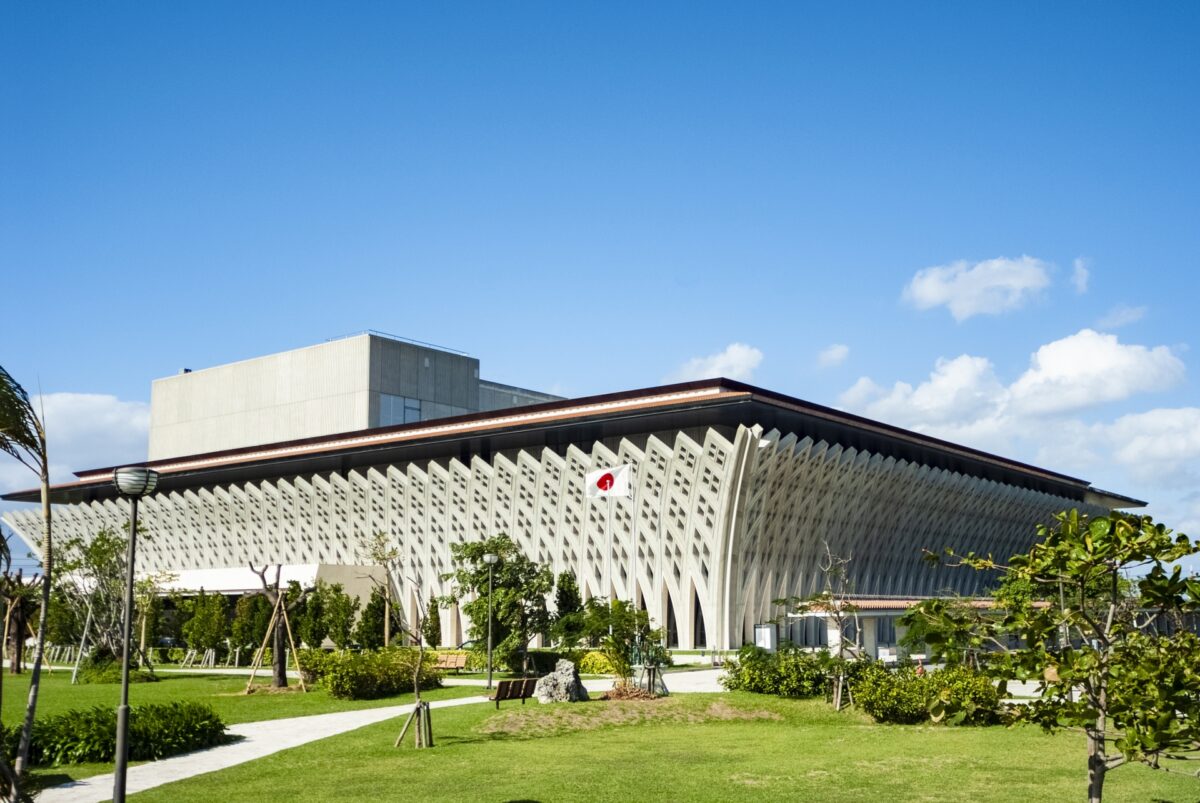
Kumiodori is a traditional form of theater that developed uniquely in Okinawa and is believed to have originated in the Edo period. Originally, the administration of the Ryukyu Kingdom ordered 玉城朝薫(Tamagusuku Chōkun), a dance master, to create a welcoming play to entertain the then Chinese emperor’s envoy. It is said that Tamagusuku went to Edo seven times on official business, where he deepened his appreciation of Noh, Kabuki, and Kyogen. This is said to have influenced the creation of Kumiodori.
Kumiodori is composed of dialogue, stage music, gestures, and dance. Kumiodori performances and dances are done by performers called “立ち方 (Tachikata),” and their performances are based on the Ryukyu form of dance. The sets, props, and costumes used on the Kumiodori stage are very colorful and fascinating to all who see them.
If you want to see the gorgeous Kumiodori performances live, the National Theatre Okinawa is recommended, as Kumiodori plays are held all year round, and you can easily experience the charm of Kumiodori.
Official Website: The National Theatre Okinawa
In this article, we talked about various types of traditional Japanese theater, but are there any that stood out to you in particular? Some plays require advance reservations, so if there is a play you are interested in seeing, be sure to check the official website or call the theater. There are also many theater related goods you can purchase at each venue that can make for great souvenirs for you to take home with you.
Japan Wonder Travel Tours in Tokyo
Japan Wonder Travel is a travel agency that offers guided tours throughout Japan.
From private walking tours to delicious Food and Drink tours, we can help organize the best tours just for you! If you want to explore Japan and learn more about the history and backstories of each area you are traveling in, our knowledgeable and friendly guides will happily take you to the best spots!
In addition, we can provide you with any assistance you may need for your upcoming trip to Japan, so please feel free to contact us if you have any questions or need some help!
▶Tokyo Tsukiji Fish Market Food and Drink Tour
Explore the most lively and popular fish market in Tokyo, where you will have the chance to try some of the local’s favorite street foods and sake along with your friendly English-speaking guide!

▶Tokyo 1–Day Highlights Private Walking Tour (8 Hours)
There’s no better way to explore an area than taking a tour with a knowledgeable local guide. You will have the chance to learn about the history and interesting background stories of Tokyo, as well as discover some hidden gems which can be hard to do without a guide.

▶Shinjuku Bar Hopping Tour: Experience Tokyo’s Nightlife in Izakaya
Check out the best spots in Shinjuku while bar hopping through the lively and vibrant area. Try some delicious local food and drink as you explore the narrow yet photogenic alleys that the town has to offer. Experience Japanese izakaya culture and drink in Shinjuku like the locals!
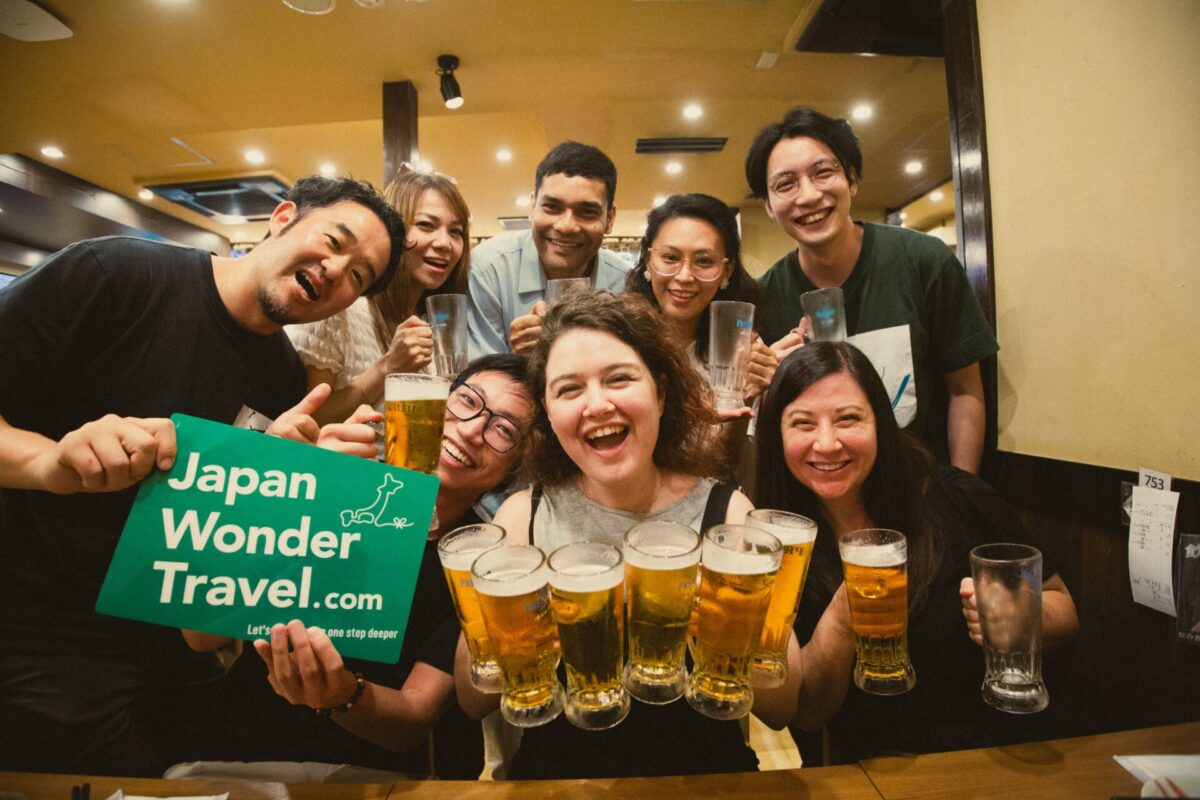
▶Kimono Experience in Tokyo
Step into the charm of the kimono, a beloved icon of Japanese tradition, ideal for festivals and wandering quaint streets. Asakusa offers the perfect setting to don your kimono and create cherished memories with picturesque backdrops. Let Kimono Rental Wargo dress you up for a day of delightful exploration in timeless style!
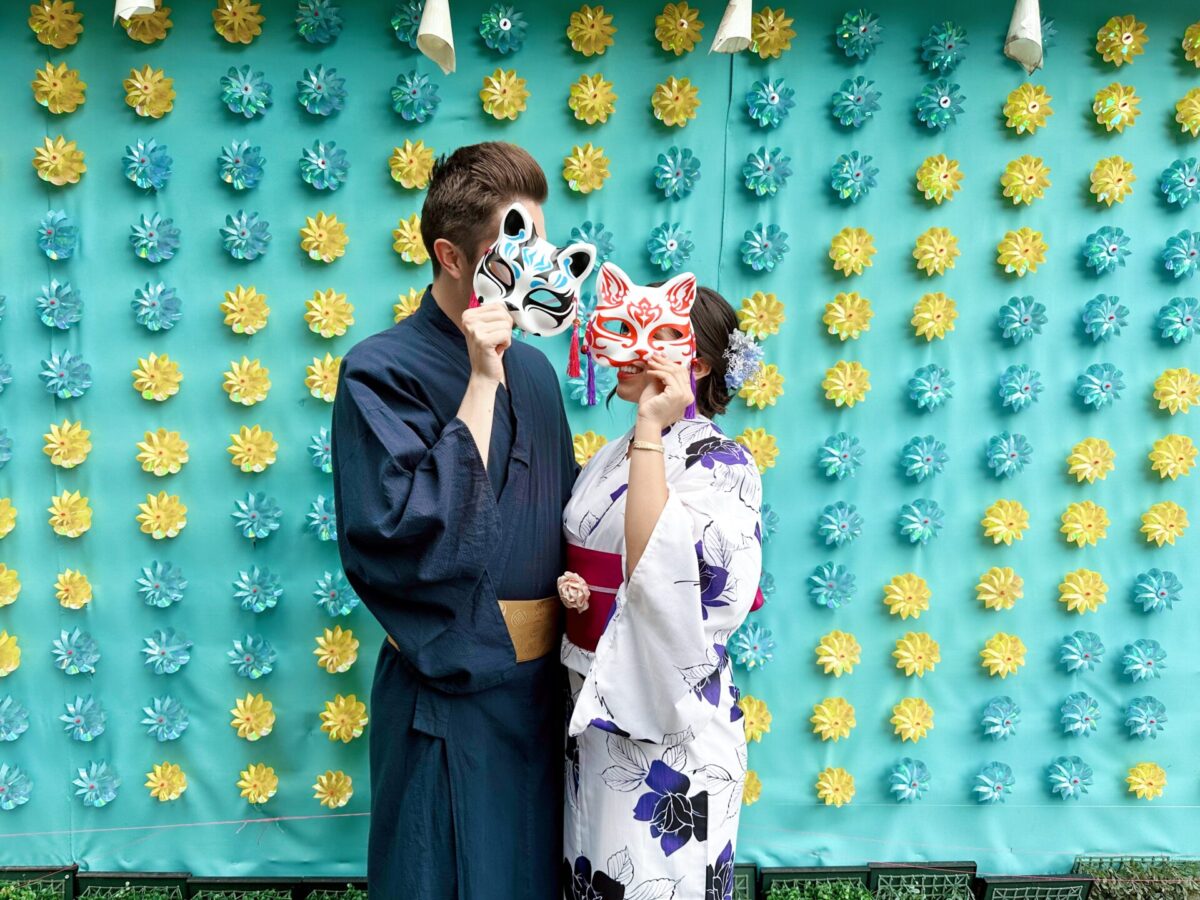
Follow us on Instagram, Facebook, Twitter, and TikTok for more travel inspiration. Or tag us to get featured!
Happy traveling!
